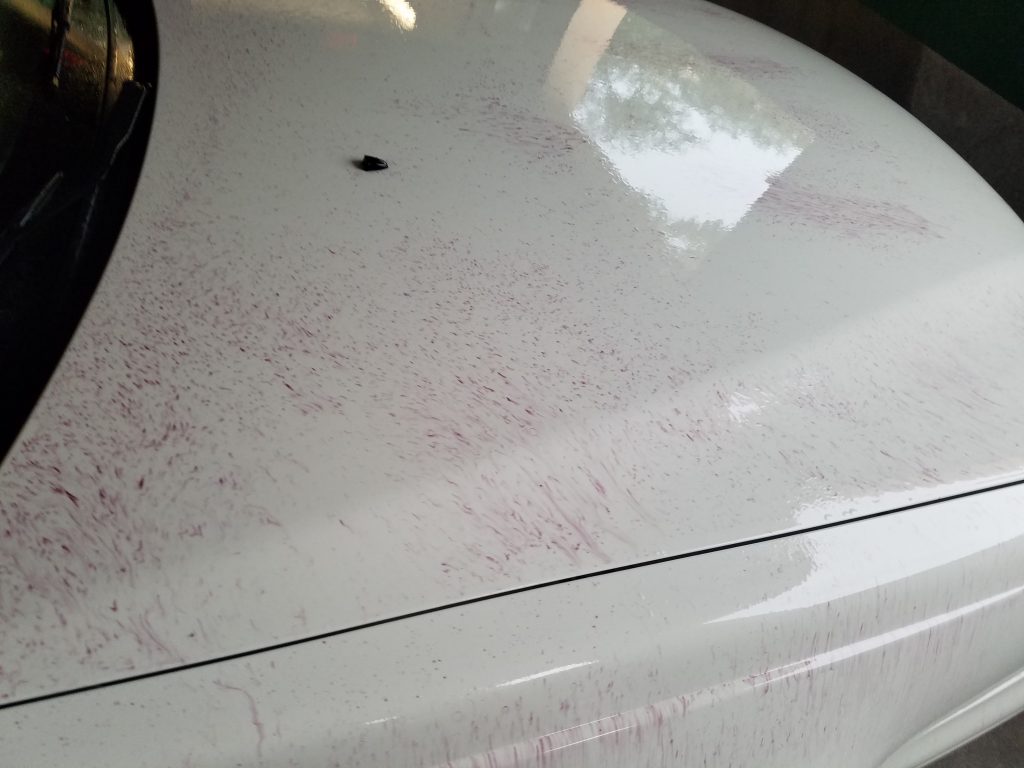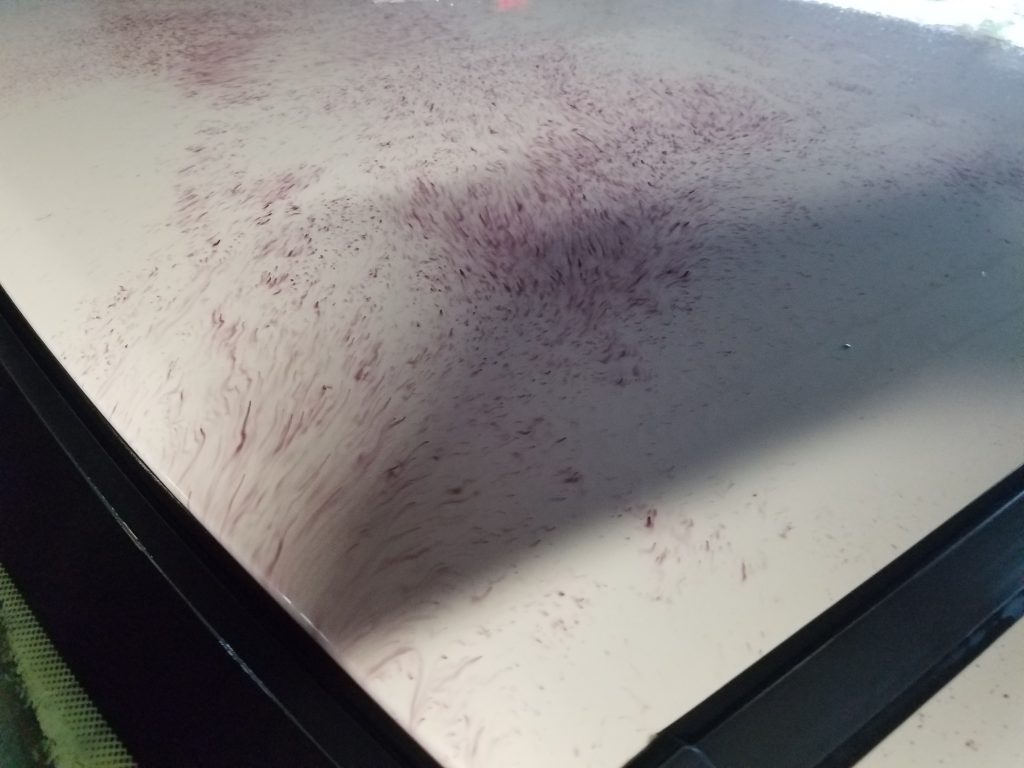Decontamination: Part 2 – Why Iron Removers? (Is It Necessary)
by Rodney TatumThis is a 4 part series where Rodney Tatum covers various steps in the decontamination process. Click here to check out each article as they are released.
Iron removers are often overlooked by detailers who are removing contaminants from a car. When used it is often treated as just a wheel cleaner dissolving brake dust. But it is so much more. I usually treat the use of an iron remover as a mandatory step in decontaminating paint. Why do I use this product, more known for wheel cleaning, when I am going to use detailing clay anyway?

Many bonded contaminants have corrosive properties, meaning over time these substances can do real damage to your paint. Iron particles in particular from brake and rail dust can lead to rust developing underneath your paint, which will deteriorate your vehicle’s condition from inside out.
Yes, a clay bar may remove these substances, but not effectively on its own. Depending on the severity of the condition a clay bar may not remove all of the iron filings embedded on your paint. Also trying to remove iron filings with clay alone will often lead to the clay bar inflicting more (and more severe) micro scratching into your paint. It is also not a very time efficient process if your goal is for thorough decontamination. In addition to very possibly being unable to remove all of the iron filings, the time taken to remove the bonded contamination doubles and sometimes triples (depending on your goals). I have found even the use of a dedicated tar remover on lower sidecar panels to increase the efficiency of my claying as well. Overall chemical removal with a dedicated product before mechanical removal with a clay bar (meant to be a jack of all trades) ensures a more complete job.
When asked about the prep process for CQuartz Finest installers (an exclusive list of distinguished detailers). The process of decontaminating paint includes the use of a dedicated tar remover, iron remover, and a clay bar treatment. Often the best way to ensure a high quality detailing outcome is not skip steps. I believe this is especially important with respect to having a bottle of iron remover on hand.
Especially if you have unfilled rock chips on your car, the annual use of an iron remover product is one of the kindest things you can do to your paint.
Below are pictures of iron removers dissolving and breaking down ferrous metal particles.


Some of my favorite iron removers are, Gyeon Iron, Gtechniq W6 Iron And General Fallout Remover and Carpro IronX Iron Remover.
For more information on how to use these kinds of products, check out this review of the Carpro Iron X Iron Remover.








How about the frequency of using an iron remover , once a month or ?
In general I tell people if they have a car they care about, I would suggest a minimum of once a year would be a freat starting point. I will not argue against the use everytime you detail with the intent of replying protection if it is twice or maybe 3x a year.
Unless there is some special circumstance, I do not see the need to use this as a maintenance regiment. For one, (proper use can be pricey) it can be overkill. Secondly, essentially opening of pores breaking down embedded material will very likely affect your wax and or sealant protection.
What IGA product is an iron remover for the paint?
thanks
Richard
If you mean IGL (IGA?), there is a product called IGL Iron.
I am working on a Honda CRV that has the black plastic all around the bottom of the vehicle. Is Iron Removers safe for this type of plastic. Will it turn the plastic a different color (streaks)?
Sorry I have not responded sooner. I have not had any problems with black plastics, using iron removers, that includes my own vehicle (with black plastics).
There is a caveat to that, as that concern has been raised before. I will spray the products only DIRECTLY on paint and sometimes glass. I also make sure I a.) do not leave on the vehicle to dwell longer than necessary and b.) make sure I thoroughly rinse or wash off the excess. Not doing (especially the latter) those things, I could see problems possibly arise not just with paint but moldings, trim, plastics, etc.
In short although it is a PH neutral product and most likely will be fine with, it is something I would still use with care.
Jamie, that’s a great question I’m wondering that myself I hope they reply maybe try a newer blog and just ask Rodney he’s answered things for me and he seem like a really nice person.
Thanks
Dave
My apologies for missing that question.
I have a newer Subaru It has a nice paint finish I’m going to de-con then clay Is it crucial to ceramic coat immediately after?
Sorry for the late response. If you are asking what kind of protection would work for you, it is a personal choice. Generally the longer term protection requires the most work ie attention to detail), ie ceramic coating.
If you are asking if you should coat immediately after; my advice especially for longer term protection, is to always apply right after detailing. The reason being you want a surgically surface to always apply your initial layer of longer term protection.